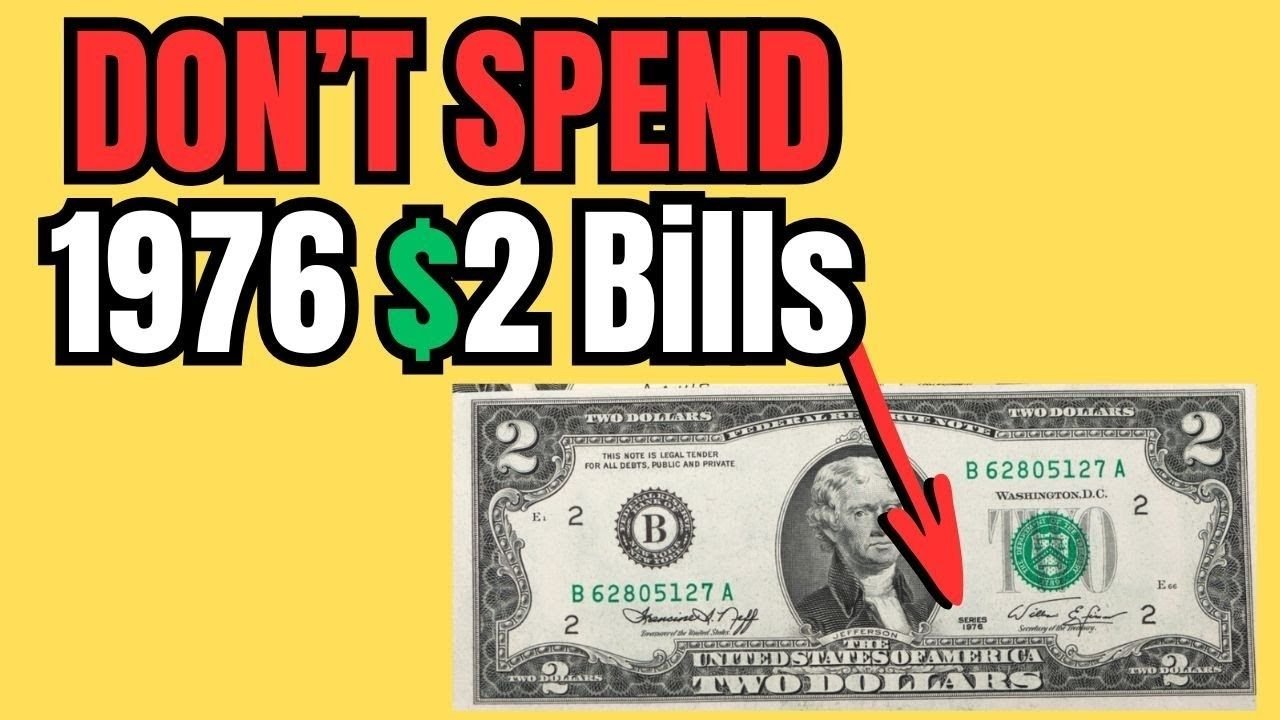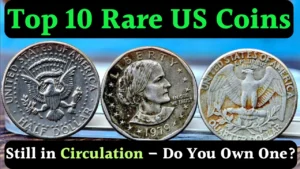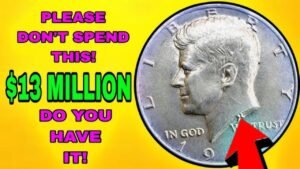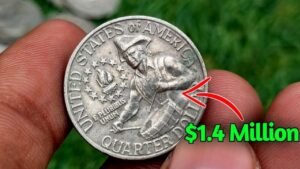Ever found a $2 bill tucked away in your wallet and wondered if it’s more than just pocket change? The 1976 two-dollar bill, a unique piece of U.S. currency, could be your ticket to a small fortune—some are valued as high as $88,000!
While most are worth just their face value, rare variants with special features can fetch jaw-dropping sums. Let’s uncover what makes these bicentennial notes so special and how to spot a hidden gem.
The Story Behind the 1976 Two-Dollar Bill
A Bicentennial Celebration
In 1976, the U.S. reintroduced the two-dollar bill to mark the nation’s 200th anniversary. Featuring a striking depiction of John Trumbull’s The Signing of the Declaration of Independence on the back and Thomas Jefferson’s portrait on the front, this bill was a patriotic tribute. The green treasury seal and serial numbers replaced the older red ink, giving it a fresh look. Despite its fanfare, the $2 bill never caught on in everyday use, leading many to hoard them as keepsakes.
Why It’s Rare but Not Always Valuable
With nearly 591 million notes printed, the 1976 $2 bill isn’t scarce in itself. Most circulated ones are worth $2 to $3. However, certain rare features—like unique serial numbers, printing errors, or star notes—can skyrocket their value, making them a collector’s dream.
What Makes a 1976 $2 Bill Valuable?
Star Notes: The Replacement Gems
Star notes are replacement bills printed when a regular note is damaged during production. Marked with a star symbol in the serial number, they’re rarer than standard bills. In pristine, uncirculated condition, star notes from certain Federal Reserve Banks, like Kansas City or Minneapolis, can fetch $50 to $500 or more, depending on their rarity and grading.
Error Notes: Printing Mishaps Worth Thousands
Printing errors are where the real money lies. Misaligned serial numbers, off-center seals, or even mismatched serial numbers (e.g., B 59208497 A on one side and B 59208597 A on the other) are incredibly rare. A 1976 $2 bill with a significant error, like a double-printed serial number, could be worth $400 to $5,000 when professionally graded.
Fancy Serial Numbers: The Collector’s Holy Grail
Serial numbers are the key to unlocking massive value. Collectors chase patterns like:
- Low Serial Numbers: Numbers like 00000001 or 00000033 are highly prized. A bill with serial number “1” sold for $35,250 in 2016
- Ladder Notes: Sequential numbers like 12345678 are extremely rare, potentially worth thousands.
- Repeater or Radar Numbers: Patterns like 12121212 or 1234321 (readable forwards and backwards) can fetch $500 to $2,000.
- Solid Numbers: All identical digits (e.g., 22222222) are also valuable.
A ladder note or a bill with a serial number like “1” could push the value toward that $88,000 mark in pristine condition, though such cases are exceptionally rare.
Condition Is King
The condition of a 1976 $2 bill drastically affects its value. Circulated bills show wear and are worth little, but uncirculated notes—crisp, crease-free, and vibrant—can command $20 to $900. Professional grading by services like PCGS or PMG adds credibility, boosting value. For instance, a graded “Gem New 65PPQ” bill with a rare serial number sold for $21,150 in 2016.
How to Spot a Valuable 1976 $2 Bill
Got a 1976 $2 bill? Don’t spend it yet! Here’s how to check if it’s a treasure:
- Inspect the Condition: Look for sharp edges, bright colors, and no folds or tears. Uncirculated bills are more valuable.
- Check the Serial Number: Look for a star symbol, low numbers (e.g., 00000001), ladder sequences (12345678), or repeating patterns (12121212).
- Spot Printing Errors: Examine for misaligned seals, blurry ink, or mismatched serial numbers.
- Research Auction Prices: Check platforms like Heritage Auctions or eBay for recent sales of similar bills.
- Get It Graded: Professional grading by PCGS or PMG can confirm authenticity and increase its market value.
| Feature | Value Range | Details |
|---|---|---|
| Circulated Bill | $2–$3 | Common, used condition |
| Uncirculated Bill | $20–$900 | Crisp, no wear, depends on features |
| Star Note | $50–$500+ | Replacement note with star in serial number |
| Error Note | $400–$5,000+ | Misprints like mismatched serials or off-center seals |
| Fancy Serial Number | $500–$88,000 | Low numbers, ladders, repeaters, or radar numbers |
Where to Sell Your Valuable $2 Bill
If you think you’ve got a rare 1976 $2 bill, consider these steps:
- Visit a Numismatist: A professional coin and currency expert can appraise your bill.
- Use Online Platforms: Auction sites like Heritage Auctions or eBay are great for selling to collectors.
- Check Serial Number Databases: Tools like Coin ID Scanner or federal reserve note lookups can identify rare patterns.
- Get It Graded: Certification from PCGS or PMG can boost buyer confidence and value.
Why Are Some 1976 $2 Bills Worth So Much?
The $88,000 figure often tied to the rarest 1976 $2 bills reflects an extraordinary combination of factors: a low serial number (like “1”), uncirculated condition, and professional grading. While most bills won’t reach this level, even minor rarities—like a star note or a repeater serial—can net hundreds or thousands. The bicentennial design and limited circulation add to their collectible appeal, especially for pristine examples or those with errors.
Final Thoughts: Don’t Spend That $2 Bill Yet!
The 1976 two-dollar bill is a fascinating piece of American history, and while most are worth just $2, a rare few could change your life. Whether it’s a star note, a printing error, or a fancy serial number, these quirks can turn pocket change into a collector’s treasure. So, dig through your drawers, check those serial numbers, and you might just uncover a bill worth far more than you ever imagined.
FAQs About the 1976 Two-Dollar Bill
How much is a 1976 $2 bill worth?
Most circulated 1976 $2 bills are worth $2–$3. Uncirculated bills can fetch $20–$900, while rare star notes, error notes, or fancy serial numbers may be worth $500–$88,000.
What is a star note on a 1976 $2 bill?
A star note is a replacement bill with a star symbol in the serial number, printed when a regular bill is damaged. These are rarer and can be worth $50–$500+ in uncirculated condition.
What makes a 1976 $2 bill valuable?
Rare serial numbers (e.g., 12345678 or 00000001), printing errors (e.g., mismatched serials), star notes, and uncirculated condition can make a 1976 $2 bill valuable, sometimes worth thousands.
How can I check if my $2 bill is rare?
Examine the serial number for low numbers, ladders, repeaters, or a star symbol. Check for printing errors like misaligned seals. Use a serial number lookup tool or consult a numismatist.
Where can I sell a valuable 1976 $2 bill?
Sell through auction houses like Heritage Auctions, online platforms like eBay, or local coin shops. Professional grading by PCGS or PMG can increase its value.




